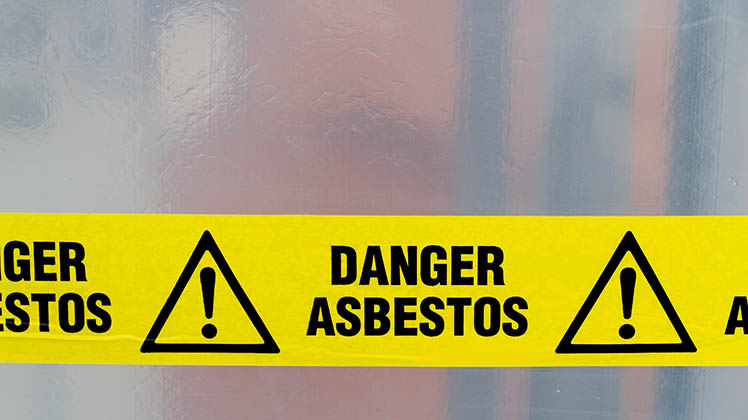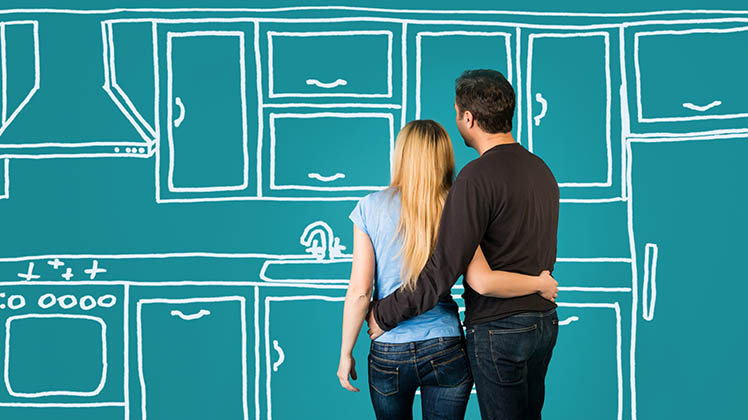Asbestos removal do's and dont's

Asbestos. The word alone is enough to send shivers down a home owner’s spine. If you're renovating or selling, how do you know whether your property contains asbestos, and – if it does – what should you do about it?
Asbestos was a commonly-used Australian residential building material from the 1940s until the late 1980s. Despite asbestos being phased out during the 1980s and 1990s, it wasn’t officially banned until 31 December 2003.
If your home was built before the 1990s, chances are parts of it contain asbestos. It was used in thousands of building products, including walls, roofs and fences, and especially in fibro sheeting and wet areas, before its harmful health effects became widely known.
Identifying and disposing of asbestos is a tricky business, and best left to experienced, certified experts.
Types of asbestos
Products containing asbestos are classified as either 'friable' (soft or crumbly) or 'bonded' (solid or rigid). Bonded products are also referred to as ‘non-friable’.
The vast majority of asbestos used in Australia was bonded or non-friable, which is slightly less dangerous than the friable kind. However, when bonded asbestos is damaged it can release fibres into the air, so treat it with caution. Asbestos fibres can’t be seen by the naked eye.
Identifying asbestos
For the layperson, identifying asbestos isn’t always straightforward. Before you start any renovation work, review the area. If you suspect there’s asbestos in or around your home, it’s best to assume it’s there until proven otherwise.
Don’t dislodge or break off a sample of any suspect material for identification purposes. To make a positive identification, consult a licensed asbestos assessor.
If you’re not renovating but you still suspect part of your home contains asbestos, you should look out for breakage or damage. As long as the asbestos product is whole and undamaged, it usually poses little danger. However, if the asbestos material has been dislodged or damaged, or is at risk of becoming so, you need to dispose of it quickly, responsibly and lawfully.
Removing asbestos
Because of the health risks associated with asbestos, you can’t simply throw it in the bin. In fact, that’s illegal, as is dumping it, re-using it or recycling it. There’s a reason why there are major penalties for improper disposal. Cutting corners can potentially have long-term health impacts.
The safest option for removal and disposal of asbestos is to hire a professional. Get more than one quote, ensure the contractor is reputable, certified and insured, and check to see that the quote includes the costs of removal, clean-up, transport and disposal.
Declaring asbestos
Having asbestos in your home won’t prevent you from selling. As long as the asbestos remains undisturbed, it may not pose a risk. However, if you are aware there is asbestos in or around the property, you may have a responsibility to disclose certain information to potential buyers. Regulations differ between states and territories, so contact your local authority for more information.
Removing asbestos shouldn’t involve taking risks. It’s worth hiring qualified professionals who can do the job quickly and safely. You’ll have peace of mind knowing that your home is asbestos-free, and it may even add to the value of your investment.





